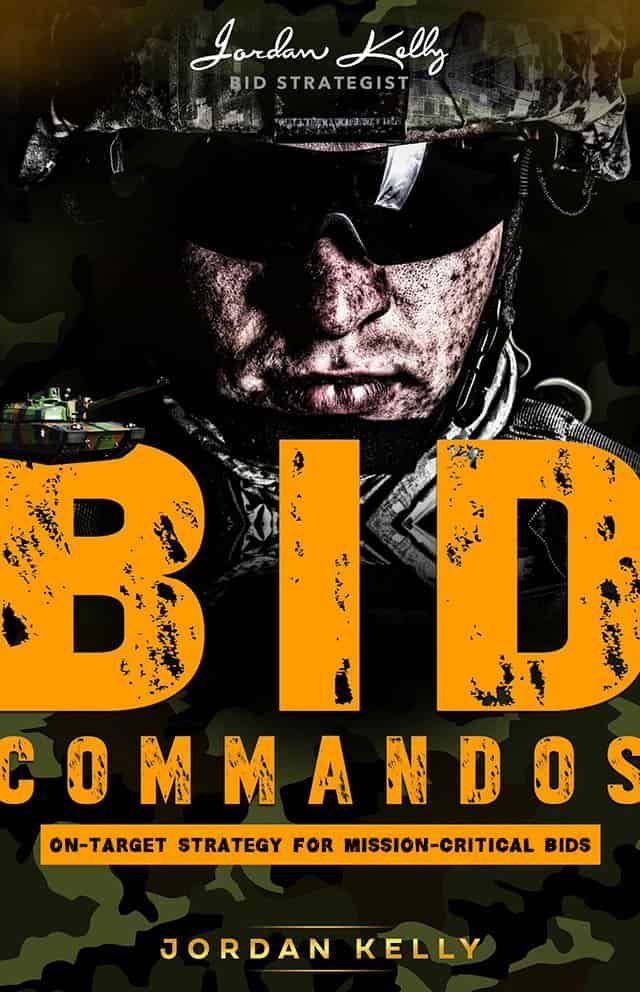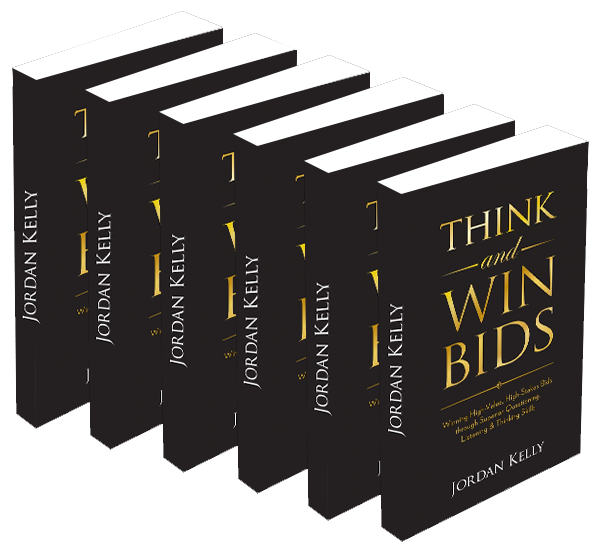CATEGORIES:

Many contributors to Expression of Interest (EOI) and Request for Proposal (RFP) responses are still writing in an overly-dry, benefit-burying "academic" style. Or, at the completely opposite end of the scale, doing an outstandingly amateur job of mimicking advertising copywriters.
Or worse still, their writing style is a hybrid of the two.
This is especially true of the civil engineering sector, where many of the contributors to a submission are engineers, or the like, by profession.
They’ve been taught to write in an “academic” style and it’s all they know. So they either stay in that mold when authoring a bid section, or they think it necessary to slip into hard-core sales-speak. They don’t understand the vast space between the two extreme and undesirable ends of the spectrum.
I’ve been pointing this out in my evaluations of client documentation for years, as a priority issue, but often, little changes. Why? Primarily because, as far as corporate bid teams go, as fast as that problem is solved in a team, new un-initiates are rolled into subsequent bids. It’s like sweeping back a mudslide with a hand broom.
What are the keys to taking raw information and turning it into an authoritative, highly readable, conclusive and compelling section response?
First, the basics. (Let’s concern ourselves with “style” after we’ve nailed these):
1. First and foremost – answer the question.
If capitals in website copy didn’t come across as “shouting”, I’d constantly find myself writing “answer the question” in bold, capitals, underscored, with asterisks on either side, across the bid documentation I evaluate.
Seriously.
Getting carried away with a sales spiel or thinking a tender evaluator won’t notice that you’ve smoked over the inability to satisfy the intention of the specific question both lead to the same result: Minimised points for that section. And massive erosion of the overall credibility of the submission.
2. Have and USE A guiding bid strategy document.
Most organisations are still doing it: Expecting their section authors or dedicated bid writers (whether in-house or external) to produce copy without sufficient guidance by way of an overall, underlying strategy.
Many organisations are hiring in facilitators (who are rarely qualified to call themselves anything remotely resembling “strategists”) who produce a plethora of overly-basic, group-think-driven assumptions in key point form on butcher’s paper. The “war room” walls are then papered with these “outputs” and the entrapped-within writers are left to convert this, for themselves, into some form of guiding strategy.
3. Have section authors plan out their content, in order of intended fact roll-out, and submit this to the appropriate party before letting them commence writing.
If you fail to implement this policy, then it’s almost guaranteed that those section authors who are not writers by profession, and/or have had no training in writing skills, will launch into a stream-of-consciousness outflow of directionless sentences and paragraphs.
There will likely be a disconnectedness between paragraphs, and a lack of logical progression to the roll-out of facts.
Think I’m being uncharitable? Produce as many evaluations as I have in the past 18 years and then challenge me on that.
Now . . . having set the parameters and the process for a strategy-guided response, a logical flow, and a document that actually answers the client’s question/s, let’s look at what makes a piece of bid-writing compelling:
4. Go a quantum step further than simply applying the standard "Features vs Benefits" admonition.
The “state the benefit not the feature” admonition has long since become commonplace.
But there’s a special way to apply it in bids . . . because, in a bid, you know the specific reader of the document. It’s not a generic brochure with a multi-target audience.
Two points to be made here, and they both circle right back to diligence and thoroughness in the strategy development phase:
a) The deeper the understanding of the potential client and every facet of its contract/project and overall operating environment, the more immediately relevant these benefits can be made to the bid in question.
b) It’s not the writer’s job to identify these alignments. It’s the strategist’s job. And it’s the strategist’s job to get them into the guiding strategy document. It’s only the writer’s job to articulate them, and to do so in a compelling manner.
5. Now, get clever with your copywriting skills. Here are some of the “principles of the pros”.
First, understand the extent to which the nature of the piece you’re working on and the audience you’re writing to, allows you to write in a conversational tone.
Second, grab the evaluator’s attention by leading with the most compelling component of your section response. The rest of your answer and your facts should hang off that, developing logically from that as your entry point.
Keep your focus firmly on the reader (in this case, the potential client or customer) before turning to your own strengths and offering. In this way, you will have explained how everything you’re about to roll out about you, is relevant to them, their pain points, their sensitivities, their needs and their desires, and the specific boxes they have to tick with this particular procurement.
Weave in the key factors that of differentiation from the competition and make these immediately relevant to the potential client or customer.
Establish your credibility with relevant facts. Substantiate every claim you make, using quantified proof points wherever these are available. Don’t simply expect the evaluator to believe your claims. That’s an arrogant and presumptuous way to write. I call it “brochureware”.
Find a way to quantify the value of your offering. The starting point for this is to identify (through research,
not assumption) precisely what constitutes “value” in the eyes of the potential client.
THINK AND WIN BIDS
Winning High-Stakes, High-Value Bids through Superior Questioning, Listening & Thinking Skills
(Book)
The three fundamental skills of a genuinely sharp, sustainably successful bid professional are the ability to think, listen and ask quality questions.
Furthermore, formulating successful business development and bid strategies is the process of well-directed research and thinking; not the product of tools and templates.
Available individually or as a six-pack (six books for the price of five).
BID COMMANDOS
On-Target Strategy for Mission-Critical Bids

(Training Program)
BID COMMANDOS is my "blockbuster", comprehensive, 11-module training program.
It's intricately formulated to ensure your team excels at every stage of a formal bidding process - from the initial bid/no bid analysis, through research and intelligence-gathering, through the strategy development and documentation process, through strategic and compelling writing and competent editing, and on through the shortlistee presentation stage, right through to optimisation of client de-briefing session/s.



